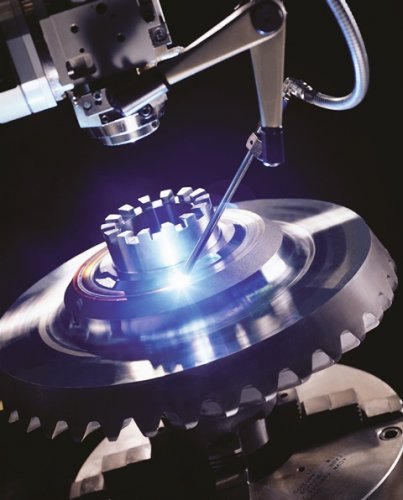Lasers Tackle Automotive’s Toughest Joining Challenges
By David Havrilla, manager, product and project management, at TRUMPF Inc., Farmington, Conn. Reprinted with permission: The AWS Welding Journal The enhanced focus of today’s solid-state lasers offer the automotive sector creative solutions
Laser welding of a powertrain component.















